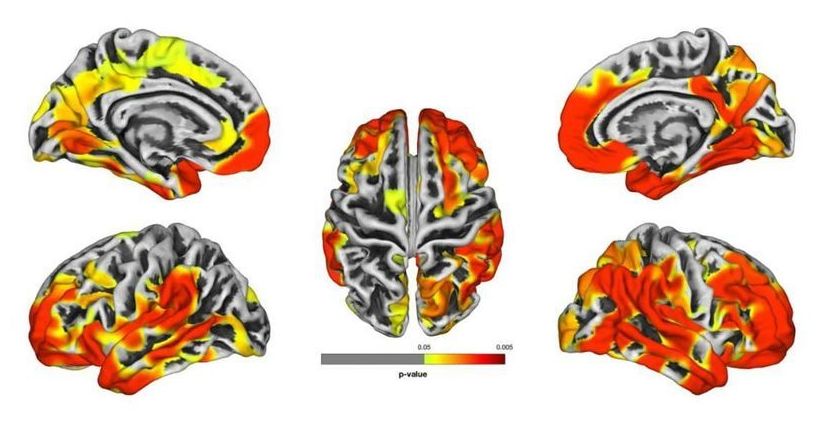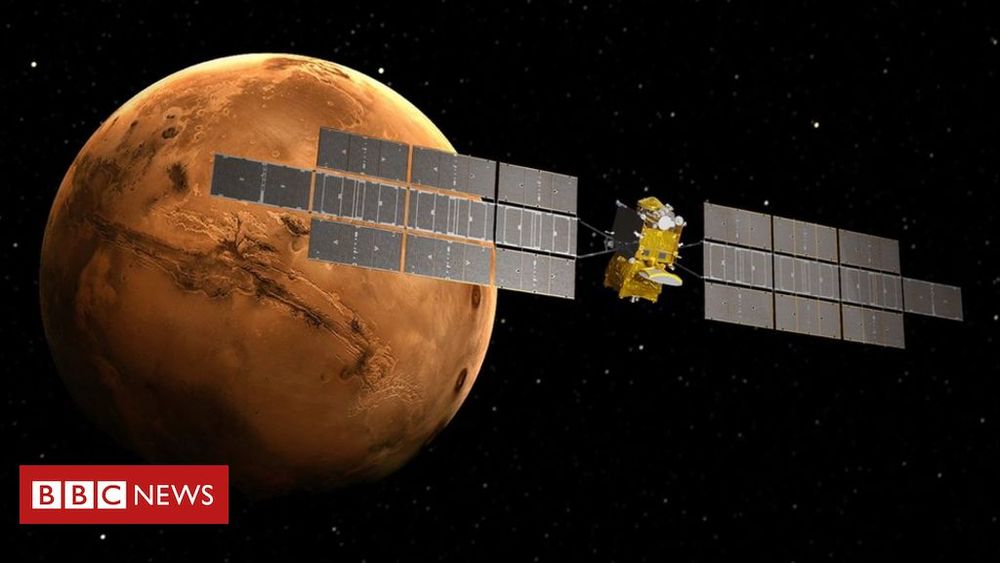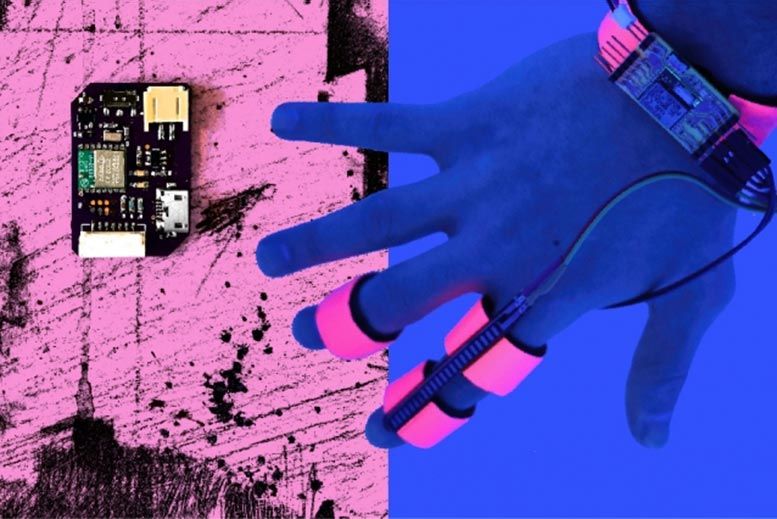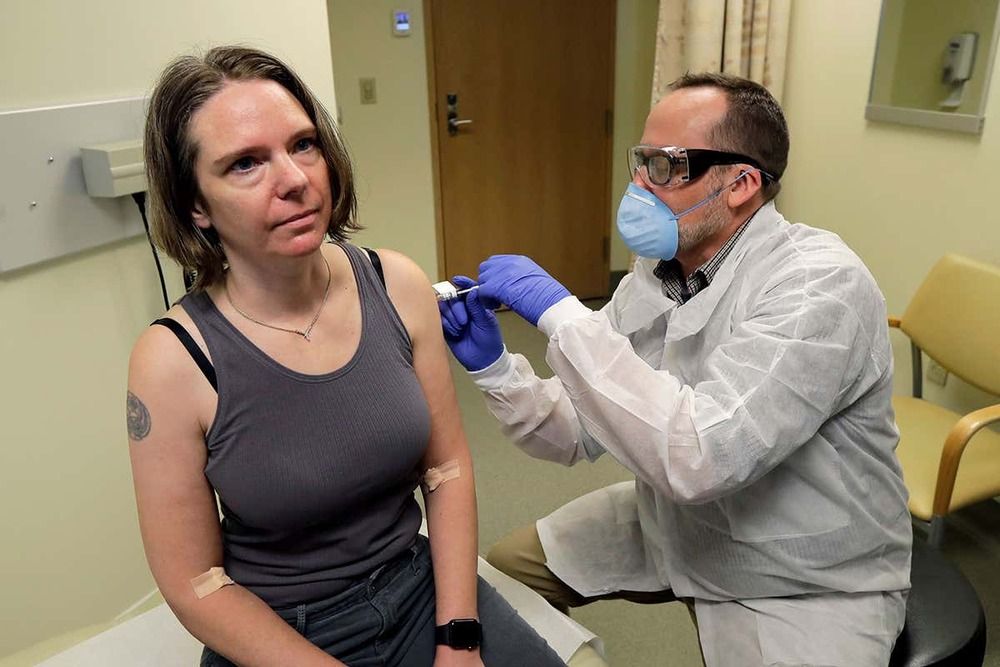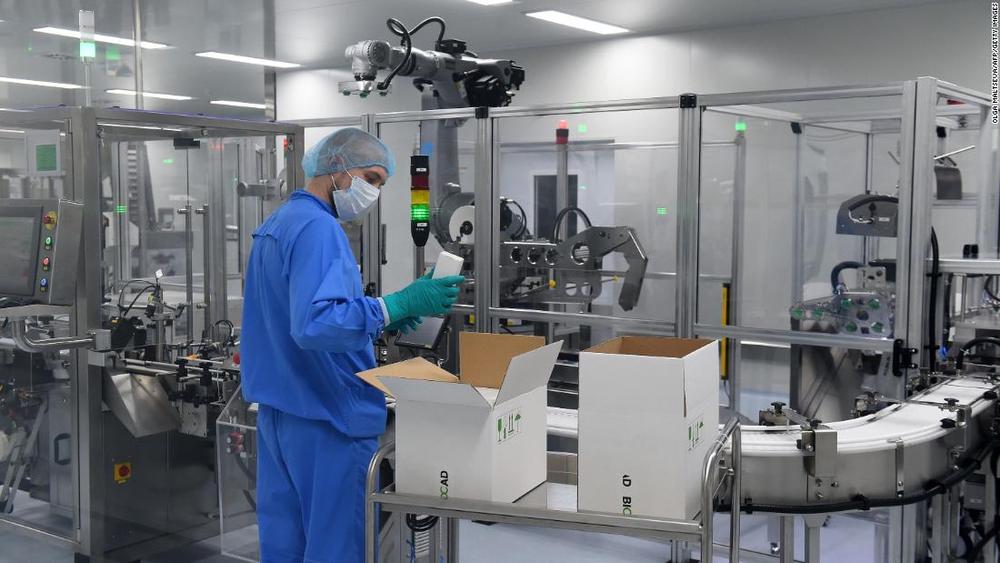What do the loopy straws that children like to sip drinks through have in common with cutting-edge science? Ask Ryan Murphy and his colleagues at the National Institute of Standards and Technology (NIST), where the team has thought up a creative way to explore the properties of fluids under extreme conditions.
The team invented a device that can push fluids through a narrow tube at the velocity of a car hurtling down a rural interstate — about 110 km per hour. This might not sound overly fast to a road tripper, but the tube’s inner diameter is typically 100 micrometers — about the thickness of a human hair. Scaled up, that would be like a train hurtling through a subway tunnel about 100 times faster than a rocket blasting its way into orbit.
To add to the fun, the meter-long tube is coiled up like a spring, so the fluid careens around loop after three-centimeter-wide loop, as though that rocketing subway were a blindingly fast roller coaster that turns somersaults from start to finish.

